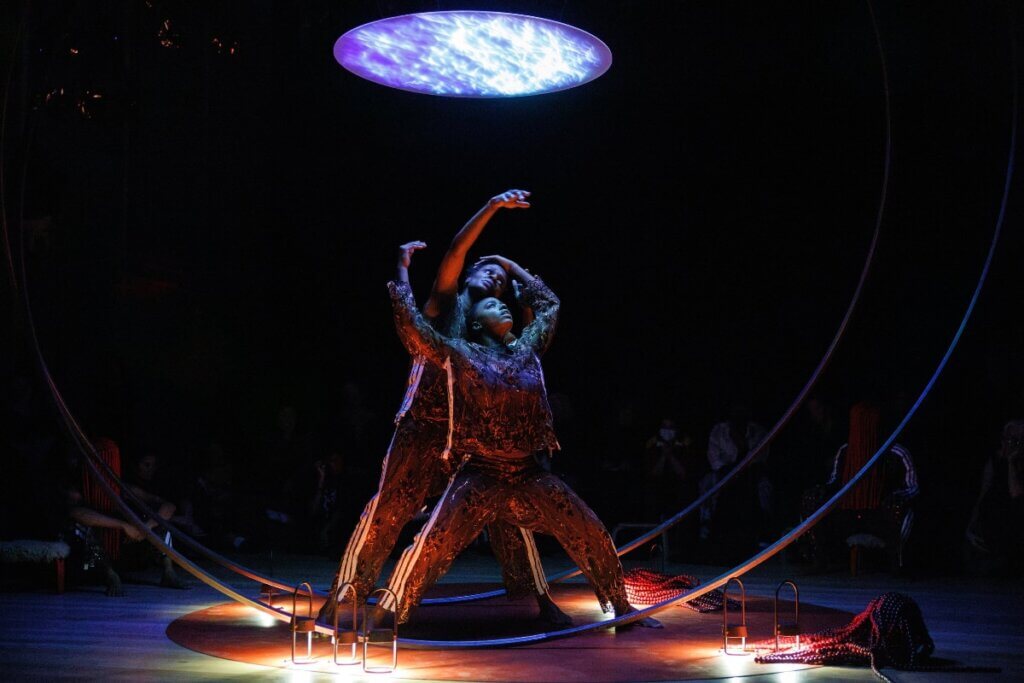Announcing the 2025 Creation Fund Awards
September 2, 2025 • 13 minute read
From top left: a todo dar productions, Amy O'Neal, Ashli St. Armant, Brownbody, Carla Forte, Chris Jones, Cristal González Ávila, Cynthia Oliver Co Dance Theatre, Dorothy Victoria Bell, Elle Hong, Emily Johnson / Catalyst, Gabriel Cortez, keyon gaskin, Maree ReMalia, Meryl Zaytoun Murman, Nehprii Amenii, Ogemdi Ude, Quentin Ciissiar Simeon, Rosie Herrera Dance Theatre, slowdanger, and Sweat Variant: Okwui Okpokwasili and Peter Born.
The National Performance Network (NPN) is awarding an initial $398,000 and leveraging an additional $1,550,000 to support the creation of 21 new artistic works through the 2025 Creation Fund Awards.
This year’s Creation Fund awardees are combining theater, dance, music, spoken word, animation, puppetry, figure skating, a live marching band, virtual spaces, and more to develop, present, and tour new works that explore topics like personal and collective identity formation, intergenerational trauma and resilience, systemic inequalities, and the environment.
The Creation Fund comprises the first phase of a comprehensive three-part program that champions new artistic endeavors, promotes racial and cultural justice, and facilitates vibrant live interactions between artists and communities. This fund specifically targets early-stage projects, which emphasize establishing strong connections among artists, presenters, and communities as they embark on their creative journeys. Each project will also receive additional support through the National Performance Networks’ Development Fund.
Learn more about the Creation & Development Fund here.
“What made NPN’s support unique is that it didn’t just invest in the final product — it invested in the process. Unlike other funding I’ve received, which often requires a near-finished piece or is bound to strict production timelines, NPN’s Creation Fund allowed me to take risks, explore my personal story with care, and develop a piece that reflects a complex immigrant reality. That kind of trust and flexibility is rare—and invaluable.”
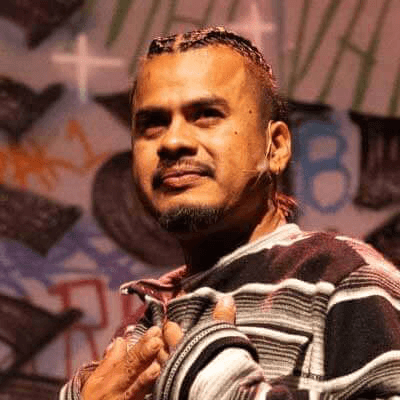
The Creation and Development Fund is made possible with support from the Doris Duke Foundation, the Mellon Foundation, and co-commissioners.
2025 Creation Fund Recipients
- a todo dar productions
- Amy O’Neal
- Ashli St. Armant
- Brownbody
- Carla Forte
- Chris Jones
- Cristal González Ávila
- Cynthia Oliver Co Dance Theatre
- Dorothy Victoria Bell
- Elle Hong
- Emily Johnson / Catalyst
- Gabriel Cortez
- keyon gaskin
- Maree ReMalia
- Meryl Zaytoun Murman
- Nehprii Amenii of Khunum Productions
- Ogemdi Ude
- Quentin Ciissiar Simeon
- Rosie Herrera Dance Theatre
- slowdanger
- Sweat Variant: Okwui Okpokwasili and Peter Born
a todo dar productions
Co-commissioners:
Pangea World Theater (Minneapolis, MN)
InSite (Phoenix, AZ)
Pregones / Puerto Rican Traveling Theater (The Bronx, NY)
Terra Advocati Inc (San Antonio, TX)
Entre Lazos is a traveling performance and sobremesa – a convivial gathering, a sharing of stories, a wild imagining of how we nourish and support each other, with each production uniquely designed for its location (San Antonio, Tucson, Bronx, and Minneapolis) based on conversations with community members who have made commitments to be co-creators with nature. Entre Lazos is created and produced by a todo dar productions, which stages public interventions and builds convivial spaces for and with community to study, think, imagine, create and dream together.
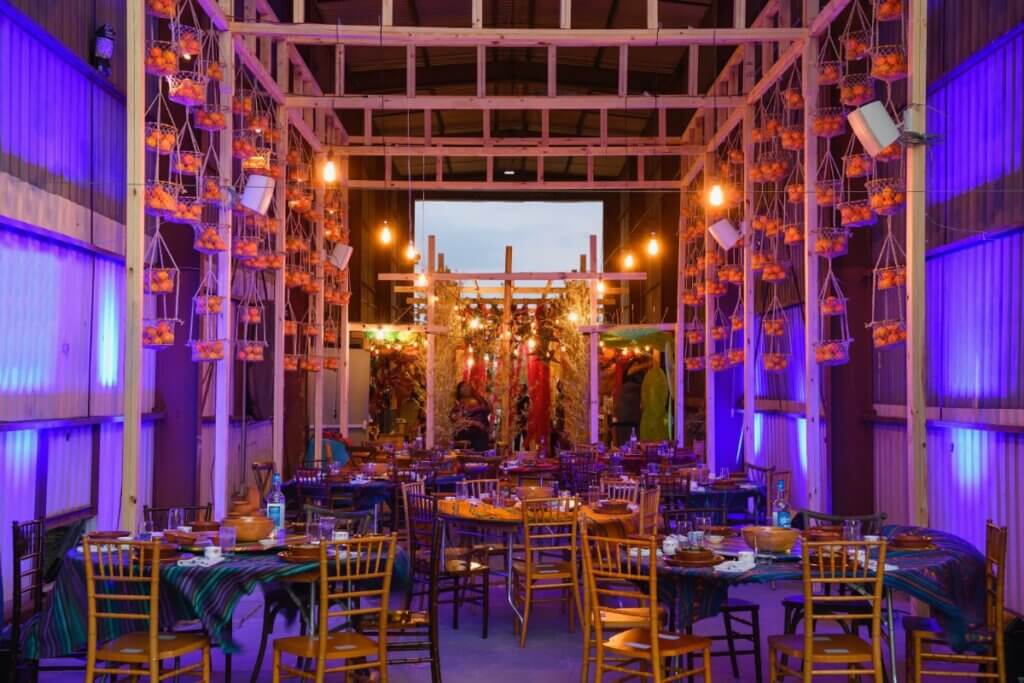
Amy O’Neal
Co-commissioners:
On the Boards (Seattle, WA)
UCLA’s Center for the Art of Performance (Los Angeles, CA)
Again, There is No Other: The Remix, is an evening-length performance by six femme-identified dancers that merges street and contemporary dance to explore fear of the Feminine in patriarchal culture, asking: if perceptions of race and gender are inseparable, can we be a post-gender society when we are far from a post-race society? It is fostered by The Hybrid Lab, an ongoing community engagement initiative by dancer, choreographer, curator, and dance educator Amy O’Neal that continues her decades-long creative inquiry into gender, race, and embodiment.
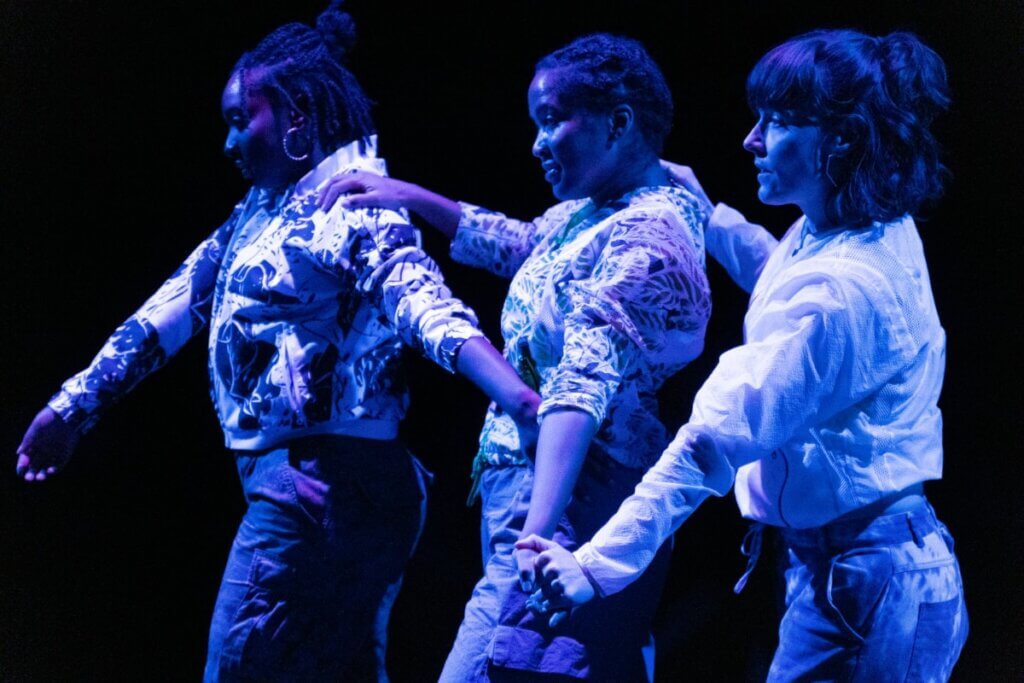
Ashli St. Armant
Co-commissioners:
ArtPower at UC San Diego (La Jolla, CA)
Chandler Cultural Foundation (Chandler, AZ)
In Ordinary Folks, six dynamic musical storytellers bring African-American oral traditions to life through reclaimed ancestral stories combined with original New Orleans Jazz and Afrobeat music, vibrant costumes, and interactive staging. Lead performer, creator, and producer Ashli St. Armant, is a queer, Black, neurodivergent artist and parent who brings a lived experience to inform the production’s inclusive and multifaceted approach.
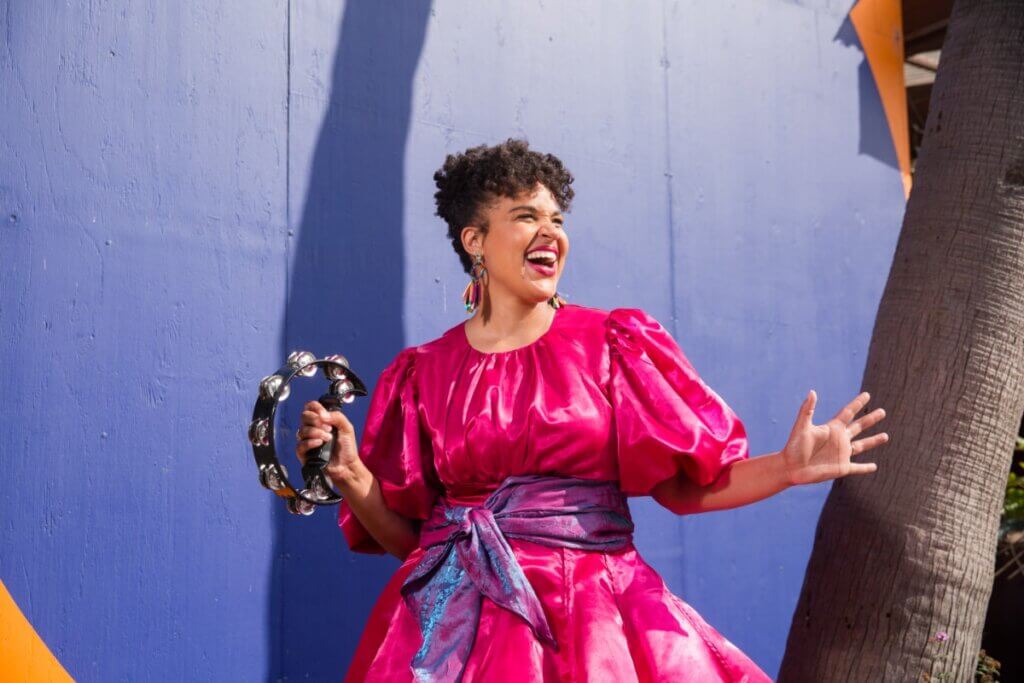
Brownbody
Infinite Slow Drive is a multi-sensory, multi-site, interdisciplinary dance work for ice and stage that serves as an ode to Tallahassee, Florida, and the spontaneous events of Black stroll culture and adorned processionals. Infinite Slow Drive was created by Lela Aisha Jones of Brownbody, an organization that blends modern dance, theater, social justice, and figure skating to affirm the complexity, beauty, strength, and resilience of so many U.S.-based Black communities.
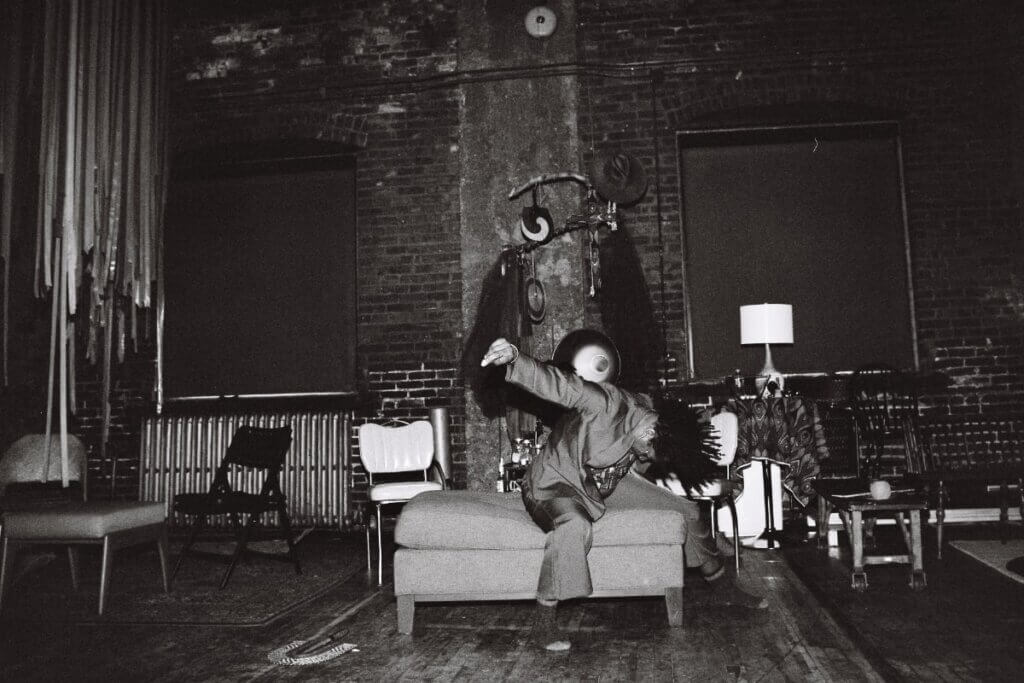
Carla Forte
Co-commissioners:
Miami Light Project (Miami Shores, FL)
BellaBoo Productions, Inc. (New York, NY & Los Angeles, CA)
Cucalorus Film Foundation (Wilmington, NC)
FUNDarte (Miami Beach, FL)
O Cinema (Miami, FL)
The Elephant is a dance feature film that explores the struggle for women’s rights through powerful imagery and ritualized movement inspired by the elephant, an enduring symbol from nature of strength, wisdom, and resilience. Venezuela-born Carla Forte is a Miami-based dancer and filmmaker whose work focuses on the Latin-American community; her recent feature film Maniac Miki (2022) is currently streaming on Amazon Video.
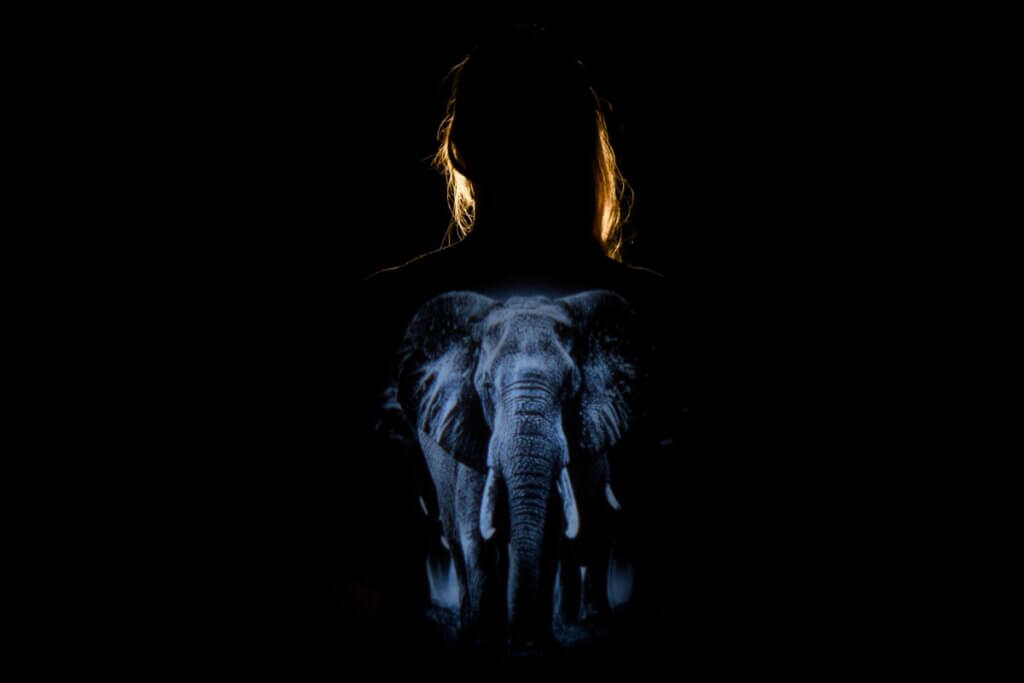
Chris Jones
In the short film Norma, an aging blues singer struggles to revive her career in the racially divided industry of the 1930s, and with the help of a young and idealistic writer, finds the courage to challenge the status quo and reclaim her rightful place in music history. Chris Jones, the writer, producer, director, and editor of Norma, is an award-winning filmmaker from Baton Rouge, Louisiana, and an NPN Take Notice Fund cohort member.

Cristal González Ávila
Co-commissioners:
Su Teatro Cultural & Performing Arts Center (Denver, CO)
Movimiento de Arte y Cultura Latino Americana / MACLA (San Jose, CA)
What If She Could Walk? is a 75-minute multidisciplinary performance that weaves theater, original music, movement, and archival media to explore the intergenerational impact of disability, labor, and gender in Latinx farmworker communities through the artist’s personal story as the daughter of a mother with multiple sclerosis. Cristal González Ávila was born and raised in the migrant farmworker town of Watsonville, CA, and her practice as a multidisciplinary artist and playwright is rooted in the culture that spans the thousands of miles between the central mountains of Zacatecas, the coastal climate of Colima, and the central coast of California.

Cynthia Oliver Co Dance Theatre
Co-commissioners:
Bates Dance Festival (Lewiston, ME)
Brooklyn Academy of Music (Brooklyn, NY)
Krannert Center for the Performing Arts at Illinois (Urbana, IL)
Museum of Contemporary Art Chicago (Chicago, IL)
Red Eye (Minneapolis, MN)
Turn. Turning. TURNT is a triptych made up of three movement experiments explored before, during, and “after” (if there is one) the global pandemic: Tether — an AfroFuturistic aspirational experiment and meditation on black girls’ creativity, drawn from double dutch as life skill training; Fallow — run ragged by ever changing threats, pivoting quickly and persistently; and Summon. Sow. Reap — we relish what we have summoned, what seeds are sown, and just or unjust rewards are reaped. Cynthia Oliver is a St. Croix, Virgin Island-reared dance maker, performer, and scholar whose work incorporates textures of Caribbean performance with African and American aesthetic sensibilities.
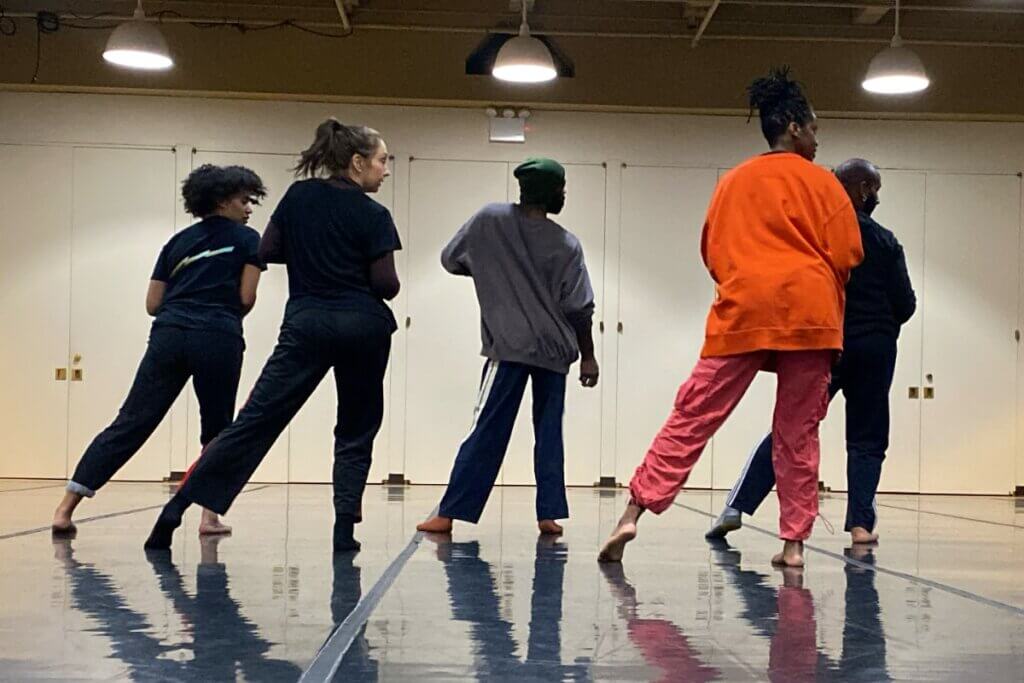
Dorothy Victoria Bell
In Incarceration Plantation: The Musical, a sister and brother reflect on more than 30 years of dealing with America’s prison system, its impact, and how systemic racism and the disproportionate sentencing of BIPOC perpetuates a form of modern slavery. Creator and director Dorothy Victoria Bell is an Atlanta-based actor, director, singer, songwriter, and teaching artist whose vision is to inspire people to use art as a way to discover and share their personal stories, with a particular focus on helping those who are often unheard to find, embrace, and express their own voices.
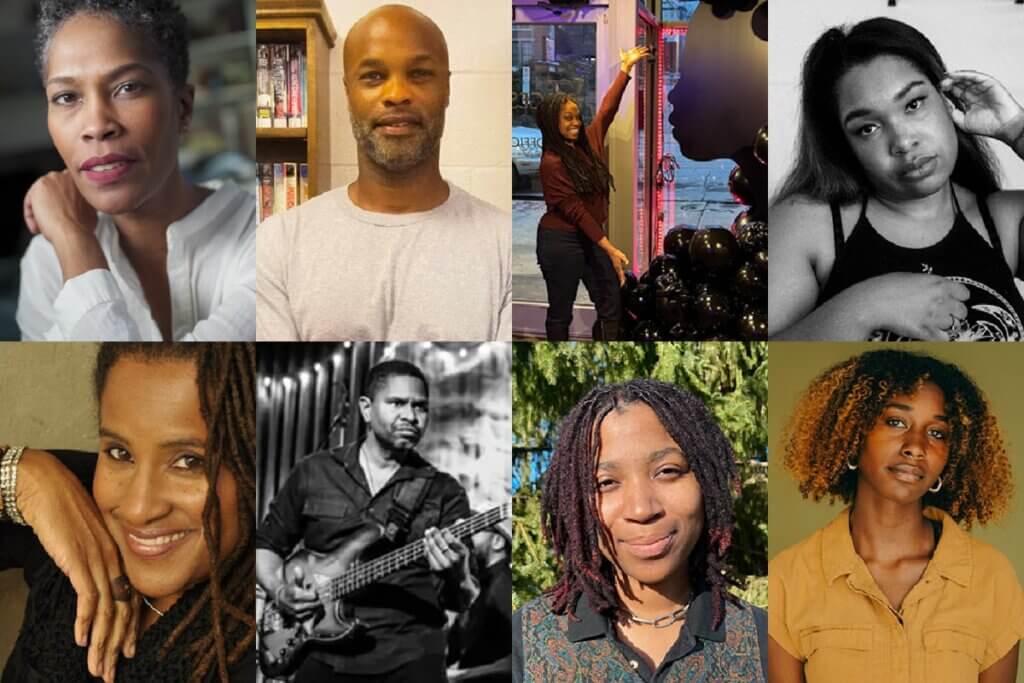
Elle Hong
Co-commissioners:
RedLine Contemporary Art Center (Denver, CO)
Fictional Artists Contemporary Theatre San Franciso (San Francisco, CA)
Longmont Museum (Longmont, CO)
Potemkin village is an evening-length dance performance that interrogates mechanisms of social and personal perception management. The piece reframes the historical mythology of “Potemkin villages,” facades constructed to disguise uncomfortable truths, through lenses of (trans) identity, relationality, the falsity that constructs reality and vice-versa. Elle Hong is a multidisciplinary artist currently based in Cheyenne/Ute/Arapaho Territories (Denver, CO) whose work incorporates dance, media arts, text, sound, and pedagogy to expose embedded power structures and pave way towards new methods of being that actively resist and transcend categorization.
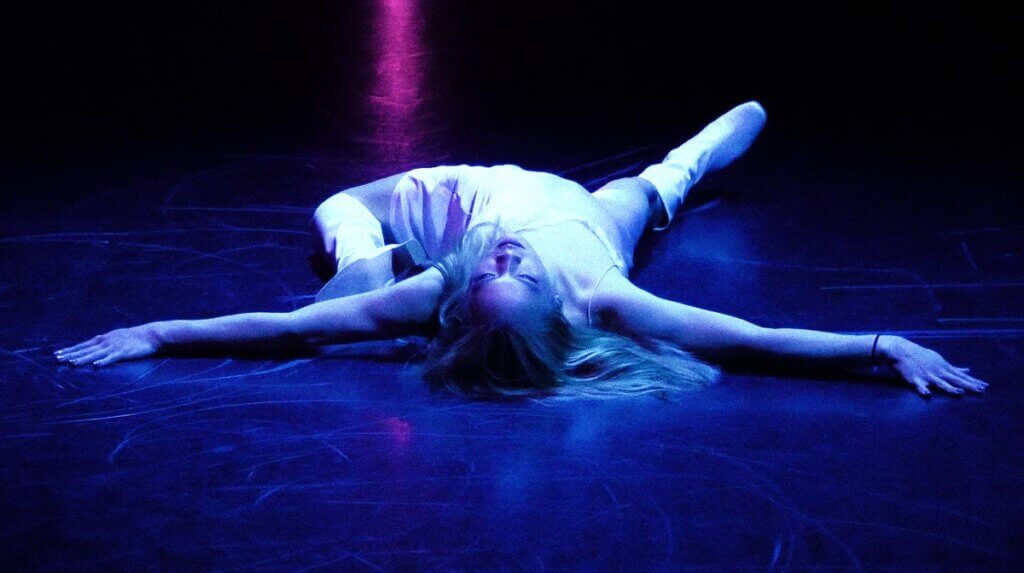
Emily Johnson / Catalyst
Co-commissioners:
Roy and Edna Disney CalArts Theater / REDCAT (Los Angeles, CA)
DiverseWorks (Houston, TX)
Massachusetts Museum of Contemporary Art (North Adams, MA)
University of Minnesota (Minneapolis, MN)
Encompassing exhibition, performance, radio-broadcast, and activism, Speculative Architecture of the Overflow gathers in-person and remote audiences for 24 non-consecutive hours in a global tribute to better possible futures; in-person audiences will experience dance performance, meals, intentional rest, skill shares and participatory story-circles, while remote audiences will be guided by a tool-kit so they can gather anywhere to co-create localized experiences. Speculative Architecture’s choreographer and director Emily Johnson (of the Yup’ik Nation) is a body-based artist; a land and water protector; and an organizer for justice, sovereignty and well-being. She is based in Lenapehoking / New York City, and since 1998 has created work that considers the experience of sensing and seeing performance.
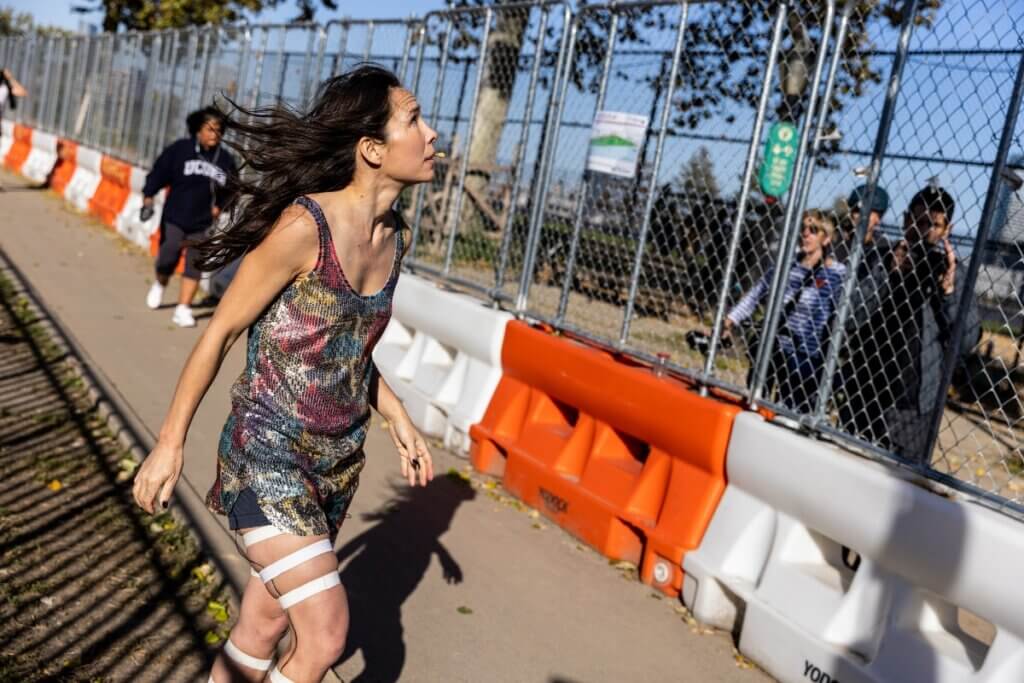
Gabriel Cortez
Co-commissioners:
Movimiento de Arte y Cultura Latino Americana / MACLA (San Jose, CA)
Su Teatro Cultural & Performing Arts Center (Denver, CO)
Between Two Rising Seas is a 75-minute solo theater performance by California-based Gabriel Cortez that blends spoken word, archival projection, live sample music, and personal narrative to examine the shared histories of Panama and the Bay Area — both port regions shaped by global trade, Black labor, and ongoing resistance — through the story of his Panamanian grandfather’s migration to the U.S. Gabriel Cortez is an award-winning poet, educator, and organizer whose work explores power, climate crisis, colonialism, and Afro-Latinx identity.
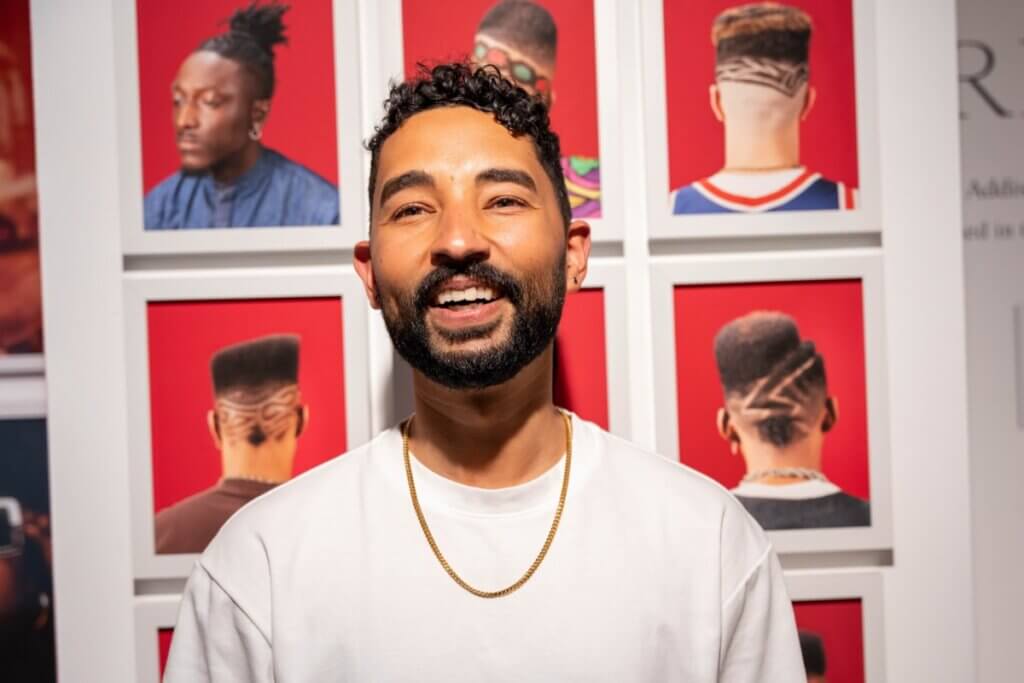
keyon gaskin
Co-commissioners:
Portland Institute for Contemporary Art / PICA (Portland, OR)
Luminary Inc (Saint Louis, MO)
The Chocolate Factory Theater (Long Island City, NY)
keyon gaskin’s new collaborative Black experimental sound and movement work centers improvisation and deep research, gathering together local dancers, poets, and sound artists to explore Black abstraction and experimentalism through body, voice, sound, and poetics. Rather than beginning with a fixed concept, the work will emerge through collective inquiry and trust in the process. This marks a shift in gaskin’s practice from solo work to ensemble collaboration, with the long-term goal of presenting site-specific iterations in other cities collaborating with local Black artists.
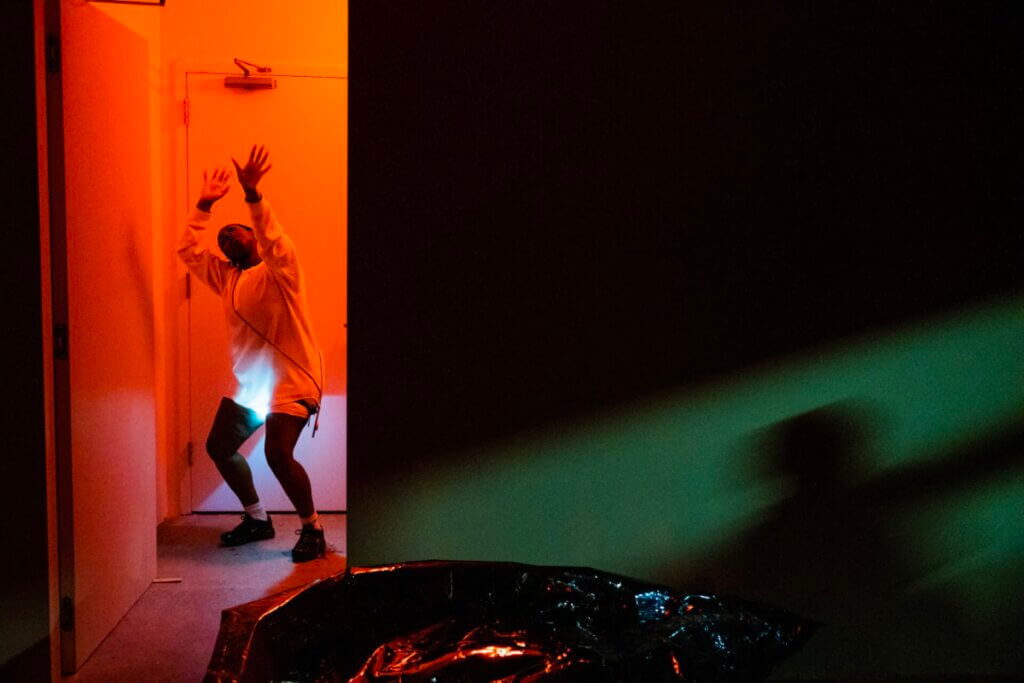
Maree ReMalia
Co-commissioners:
Kelly Strayhorn Theater (Pittsburgh, PA)
Bates Dance Festival (Lewiston, ME)
Hatch Arts Collective (Pittsburgh, PA)
WITH OURSELVES, WITH EACH OTHER is an evening-length performance that uses dance, text, pop music, and the setting of a karaoke-funeral-lounge in the round to invite audiences to collectively mourn and celebrate both personal and global griefs. Tulsa-based dance artist Maree ReMalia is a South Korea-born but Ohio-raised adoptee whose work is rooted in exploring how we build connection — with ourselves, each other, and the world of which we are part.
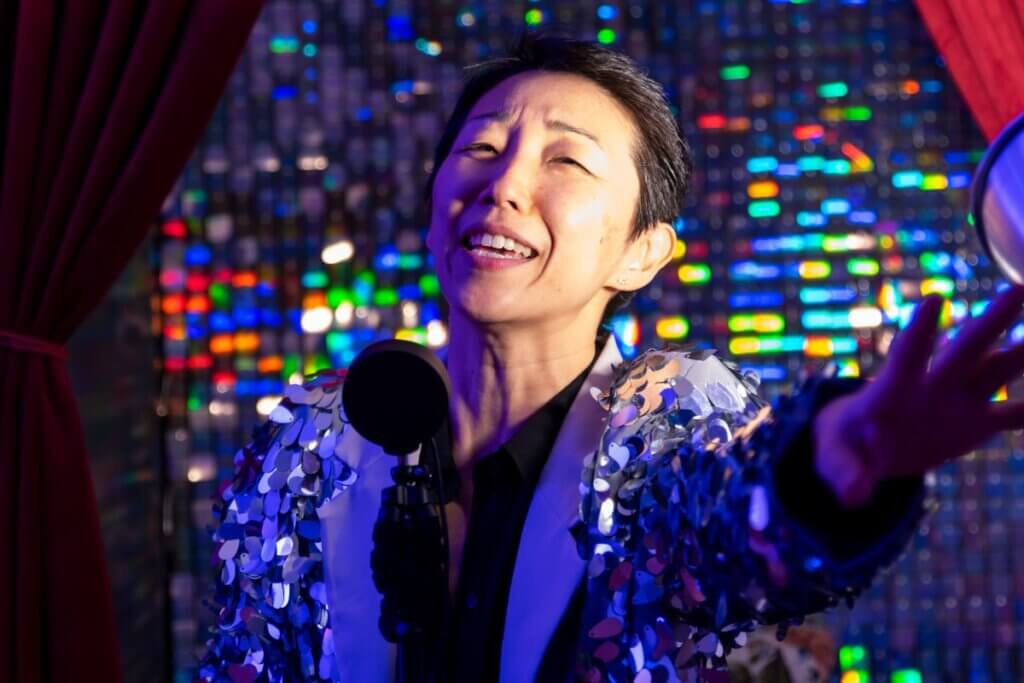
Meryl Zaytoun Murman
Co-commissioners:
Arab American National Museum (Dearborn, MI)
Caribbean and New Orleanian Arts (New Orleans, LA)
Daring Dances (Ann Arbor, MI)
Khayrallah Center for Lebanese Diaspora Studies (Raleigh, NC)
Bathing Studies uses dance and media to examine the history of bathing. It also proposes ways to attune to how we bathe to reveal deeply held emotions, guarded beliefs, and primeval instincts around subjects like migration, bodily autonomy, and the climate. Arab American choreographer and filmmaker Meryl Zaytoun Murman, who often works in and between communities and cultures on processes that involve both professional and “non-trained” dancers, is developing Bathing Studies with SWANA refugees as well as Arab American and community art organizations.
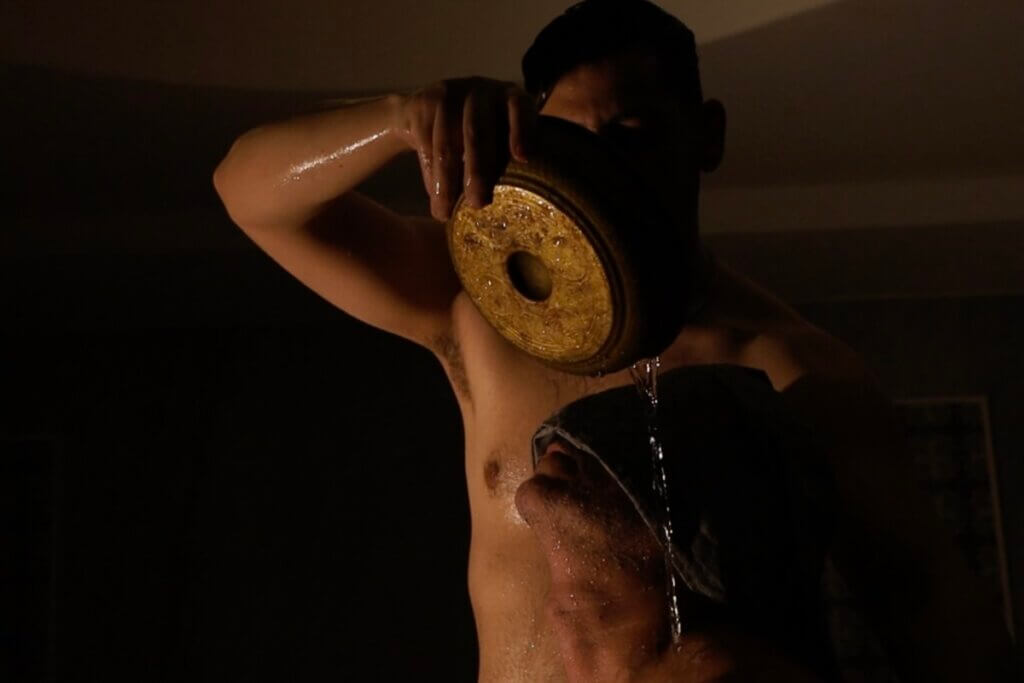
Nehprii Amenii of Khunum Productions
Co-commissioners:
Sandglass Theater (Putney, VT)
Asheville Creative Arts Inc (Black Mountain, NC)
Brooklyn Academy of Music (Brooklyn, NY)
The Clarice Smith Performing Arts Center (College Park, MD)
HUMAN is an hour long multimedia puppetry-based stage play for a multigenerational audience. Set at the bottom of the ocean in a future where humans have gone extinct, a curious sea creature with a plan to bring them back discovers that the decision isn’t his to make, because the choice belongs to the “Council at the Bottom of the Sea” — the spirits of Black bodies who jumped overboard during the transatlantic slave-trade. HUMAN’s creator Nehprii Amenii is a Brooklyn-based stage director, playwright, puppeteer, and educator known for creating experiences that dismantle the wall between players and audiences, enchant the imagination, and inspire new ways of seeing and thinking.
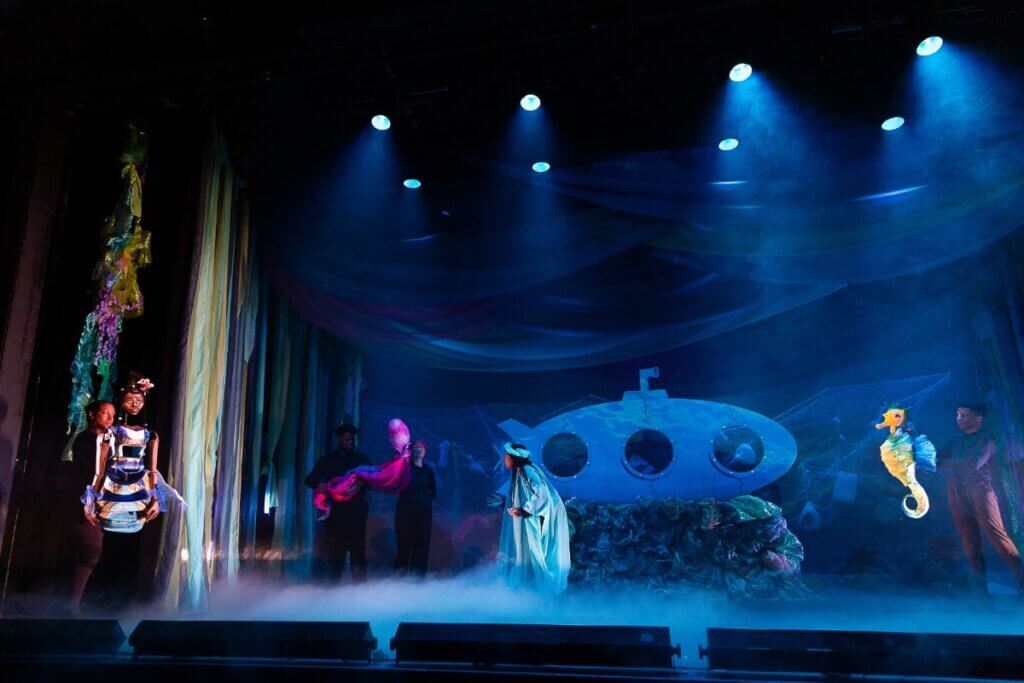
Ogemdi Ude
Co-commissioners:
New York Live Arts (New York, NY)
Bates Dance Festival (Lewiston, ME)
Duke University (Durham, NC)
On the Boards (Seattle, WA)
Wexner Center for the Arts (Columbus, OH)
MAJOR is a dance theater project exploring the history and physicality of majorette dance, with six Black femmes embodying the movement of their girlhood to answer the questions of their present through majorette movement, verbatim theater, a live marching band, and an online oral history archive to preserve, continue, and transform majorette legacy. Ogemdi Ude is a Brooklyn-based dance, theater, and interdisciplinary artist who creates performances, texts, installations, and media that focus on Black femme legacies and futures; the wellness of Black, brown, femme and queer communities; grief; and memory.
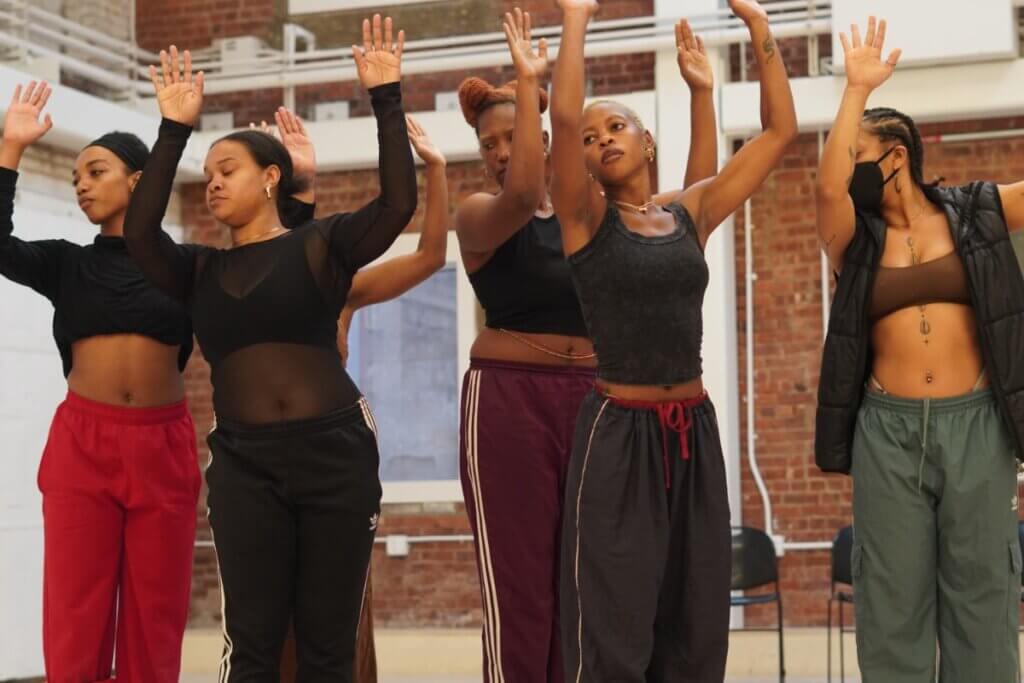
Quentin Ciissiar Simeon
Co-commissioners:
Bunnell Street Arts Center (Homer, AK)
Alaska Native Heritage Center (Anchorage, AK)
Yaaruiin Qanemciit is a three-part film that combines dance, 2D animation, watercraft, and dolls to convey Yup’iit and Indigenous Alaska history from the Time of Warring to current times, and to explore broader Alaska Native perspectives regarding recent history. The project is adapted and directed by the visual artist and professional storyteller Quentin Ciissiar Simeon, who will also provide narration, storyboard illustrations, and foley sound effects.
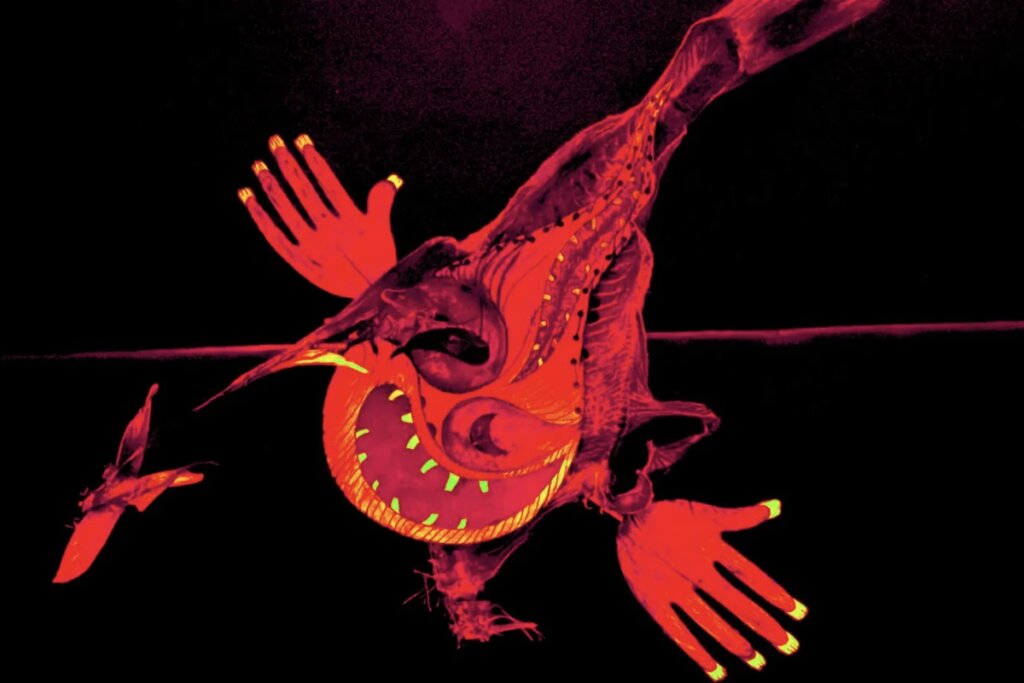
Rosie Herrera Dance Theatre
Co-commissioners:
Live Arts Miami (Miami, FL)
American Dance Festival (Durham, NC)
Miami Light Project (Miami Shores, FL)
Channeling the spirits of Desi Arnaz, David Lynch, and Pina Bausch, the evening-length performance Tropical Depression weaves together dance, cabaret, and theater in a surreal, emotionally charged celebration of immigrant life that both honors the sensuality of the Caribbean and provokes meditation on how diasporic narratives are remembered, mythologized, and reshaped across generations. Cuban-American dancer and choreographer Rosie Herrera is the artistic director of Rosie Herrera Dance Theatre in Miami, and a classically trained lyric coloratura soprano.
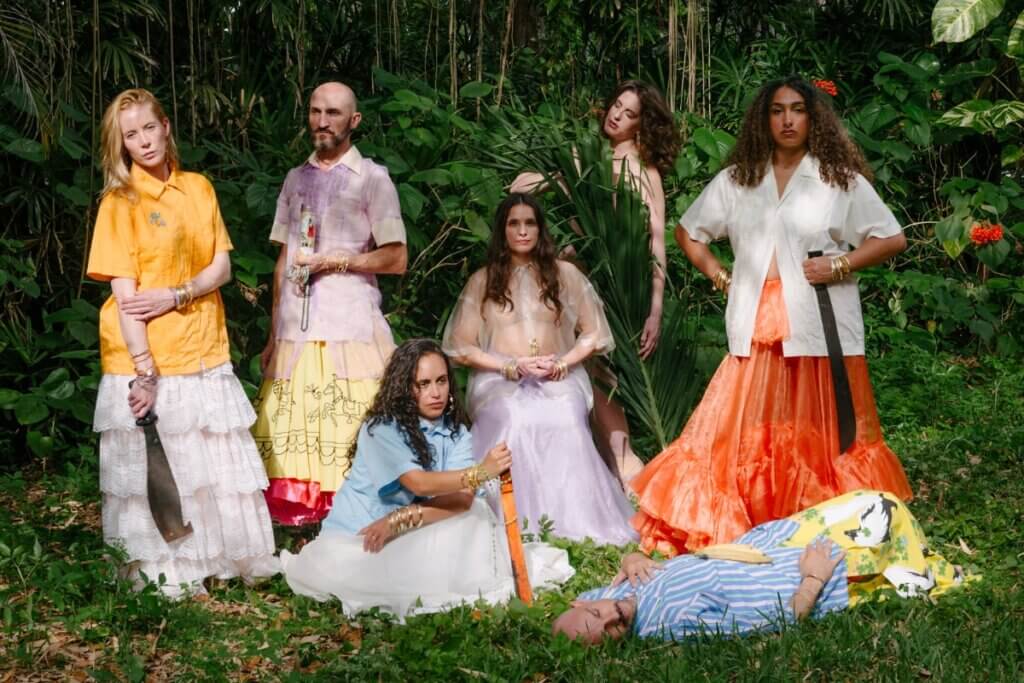
slowdanger
STORY BALLET is a recontextualization of Hector Berlioz’s Symphonie Fantastique into an evening length multidisciplinary performance that explores mental health, obsession, addiction, and escapism to reflect on the question, “What holds us together?” slowdanger is a queer and non-binary multidisciplinary performance entity founded in 2013 by co-artistic directors and life partners anna thompson and taylor knight, to create work at the intersection of dance, sound, and technology that deconstructs gendered binaries and practices queer world-building.
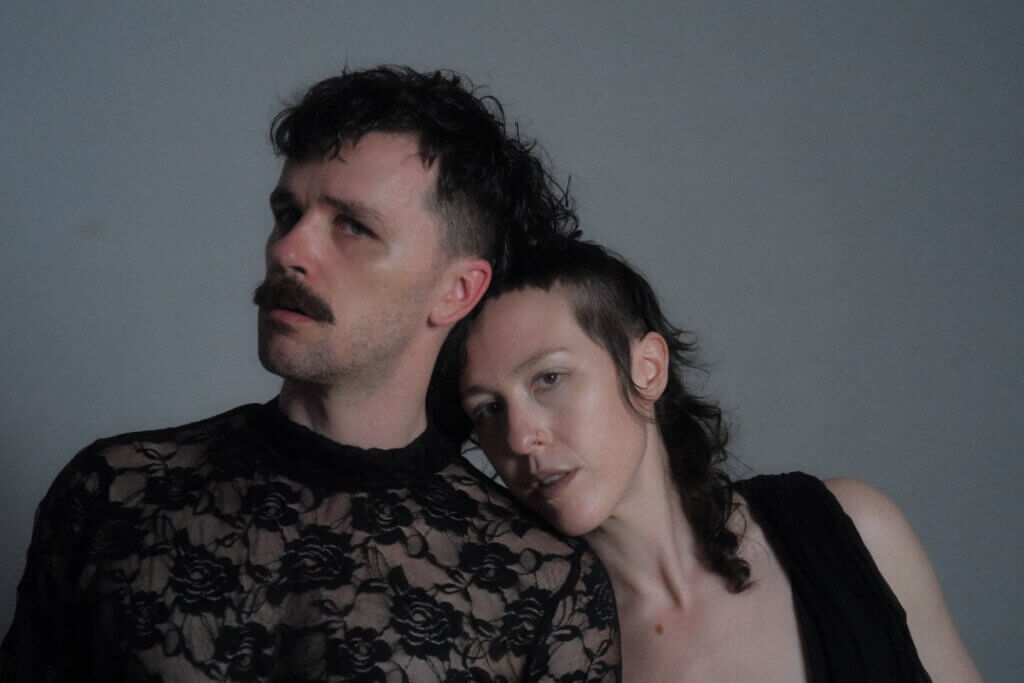
Sweat Variant: Okwui Okpokwasili and Peter Born
Co-commissioners:
Walker Art Center (Minneapolis, MN)
ASU Gammage (Tempe, AZ)
DiverseWorks (Houston, TX)
Institute of Contemporary Art / Boston (Boston, MA)
Sweat Variant’s adaku trilogy uses text, song, soundscapes, movement, and spatial design to explore how one family in precolonial West Africa becomes entangled in the transatlantic slave trade; adaku, part 2, set in a near-future United States, investigates the embodied impact of this violent rupture, including the devastating consequences of the theft of artifacts designed to protect ancestral bonds. Okwui Okpokwasili (she/her), a child of Nigerian immigrants who was born and raised in the Bronx, is today a Brooklyn-based performer, choreographer and writer. Her frequent collaborator Peter Born (he/him) works as a director, composer and designer of performance and installation. Together as Sweat Variant, they create challenging and rigorous work that explores Black interiority to reaffirm that which has been deemed marginal as the true center.
